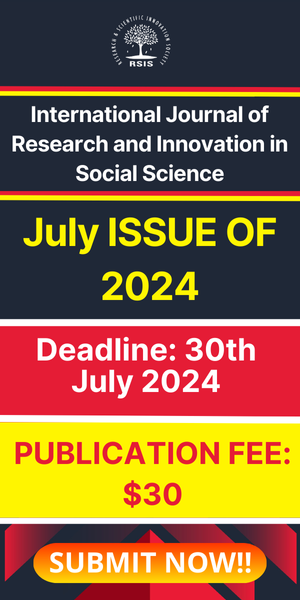Modeling the Treatment Effect on Atherosclerotic Blood Flow with Metabolic Heat, Radiation, Chemical and Magnetic Field
- October 4, 2021
- Posted by: RSIS
- Categories: IJRIAS, Mathematics
International Journal of Research and Innovation in Applied Science (IJRIAS) | Volume VI, Issue IX, September 2021|ISSN 2454-6194
K.W. Bunonyo 1, E. Amos 2 and C. Nwaigwe 3
1Department of Mathematics & Statistics, Federal University Otuoke, Nigeria
1, 2, 3 Department of Mathematics, Rivers State University, Nigeria
Abstract: In this article, we proposed some mathematical models to investigate the treatment effect of low density lipoprotein-Concentration and atherosclerotic blood flow in a porous micro-channel with metabolic heat and magnetic field. The heat contribution was through the hydrolysis of adenosine which aid blood circulation, and the lipid concentration was as a result of the excessive intake of Tran’s fat and other saturated fats. Blood is assumed to be a mixture of formed elements and lipid, which exhibits Newtonian and incompressible characteristics, flow through a permeable solid matrix. The geometric of an atherosclerosis was formulated by incorporating the growth rate of cholesterol and treatment through the drug intake to prevent the liver from producing excessive cholesterol in the bloodstream. Following the aforementioned considerations, the proposed coupled partial differential equations were scaled using the dimensionless parameters and the resulting dimensionless equations are reduced to a system of ODE using perturbation methods involving the periodic terms due to the systolic behavior of the heart.
The perturbed nonlinear ordinary differential equations were solved directly using the method of undetermined coefficient, where the blood velocity, LDL-C concentration and temperature profiles was obtained. An analytical solution for flow rate, rate of heat transfer, Sherwood number, and shear stress were also obtained respectively. Numerical computation was carried out with the aid of Mathematica, and simulation was done for flow profiles by varying the governing parameters. Graphical results are presented, showing the effect of each simulated parameters such as radiation parameter, Schmidt number, Prandtl number, Grashof number, solutal Grashof number, the treatment parameter, Hartmann number, the oscillatory frequency parameter, the pulse rate, Soret number, permeability parameter, and the height of stenosis appearing on each result. It is observed from the numerical computation that the pertinent parameters influenced the flow profiles which clearly depicts that this investigation is of immense importance for clinicians and scientists in studying cardiovascular system and pathology.
Keywords: Modeling, Treatment, Metabolic Heat, Blood, Atherosclerosis, Radiation & Magnetic Field, LDL-C


